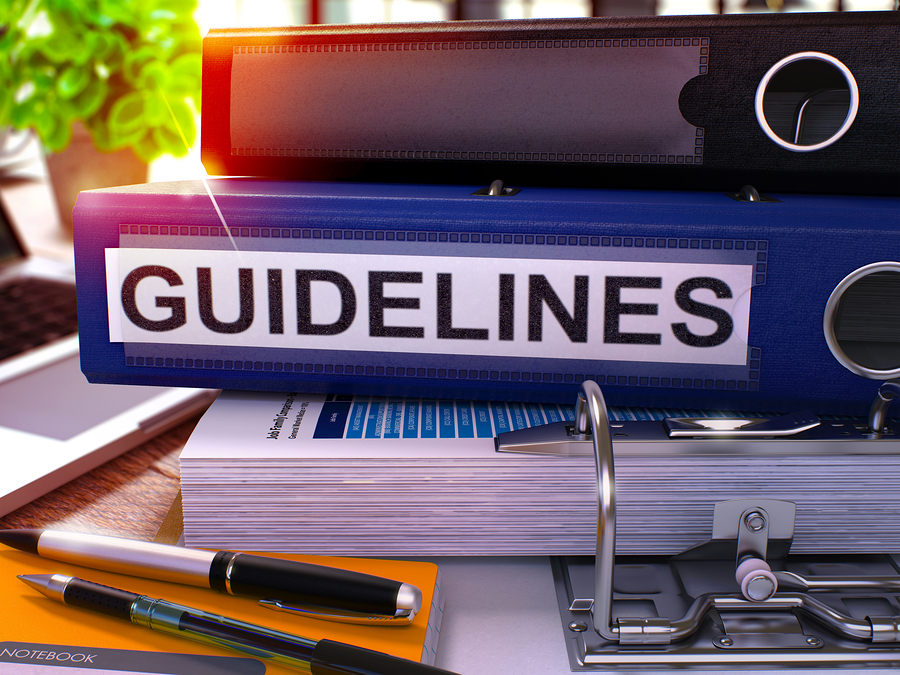Gabapentinoids Raise Risk of Hip Fracture in Older Adults
/By Pat Anson
Many patients have learned – the hard way – that nerve medications known as gabapentinoids have over a dozen potential side effects, from brain fog and sleepiness to weight gain and mood changes.
You can now add hip fractures to the list.
A study at Australia’s Monash University found that gabapentinoids such as Lyrica (pregabalin) and Neurontin (gabapentin) significantly raise the risk of hip fractures, especially in older adults who are frail or have kidney disease.
The study, recently published in JAMA Network Open, tracked nearly 3,000 patients aged 50 and older who were hospitalized for hip fractures in Victoria, Australia from 2013 to 2018. Among those 80 and older, nearly 60% were prescribed a gabapentinoid before being admitted, with most of them using pregabalin (94%).
After adjusting for comorbidities and the use of other medications, researchers estimate that people over age 50 have a 30% higher risk of hip fractures within 60 days of gabapentinoid dispensing. The risk is even higher for patients with chronic kidney disease (141%) and those with high scores for frailty (75%).
“Our results showed patients had 30 per cent increased odds of suffering a hip fracture within two months of being dispensed a gabapentinoid medication,” said co-author Simon Bell, PhD, Professor and Director of the Centre for Medicine Use and Safety at the Monash Institute of Pharmaceutical Sciences.
“The link between gabapentinoids and hip fractures existed across different age groups but the odds of hip fracture was higher among patients who were frailer or had chronic kidney disease, so these should be important considerations when deciding when to prescribe gabapentinoids.”
Bell and his colleagues did not establish why gabapentinoids raise the risk of hip fractures, but they suspect the medications increase the risk of falling in older adults, similar to other psychotropic drugs such as anti-depressants, benzodiazepines and opioids.
“Our findings highlight the importance of assessing each patient’s risk before prescribing gabapentinoids,” said lead author Miriam Leung, PhD, a Teaching Associate at the Centre for Medicine Use and Safety at Monash University.
Despite limited evidence of their effectiveness as pain relievers, gabapentinoid use has risen significantly in recent years for neuropathy, fibromyalgia and other chronic pain conditions. The drugs are also increasingly used for acute pain, such as postoperative pain and even dental pain.
A 2019 study found little evidence that gabapentin and pregabalin should be used for pain and said their effectiveness was often exaggerated by prescribing guidelines.
In the United States, nearly 5% of the adult population uses a gabapentinoid, while in Australia 1 in 7 people aged 80 and older is prescribed the nerve medication.











